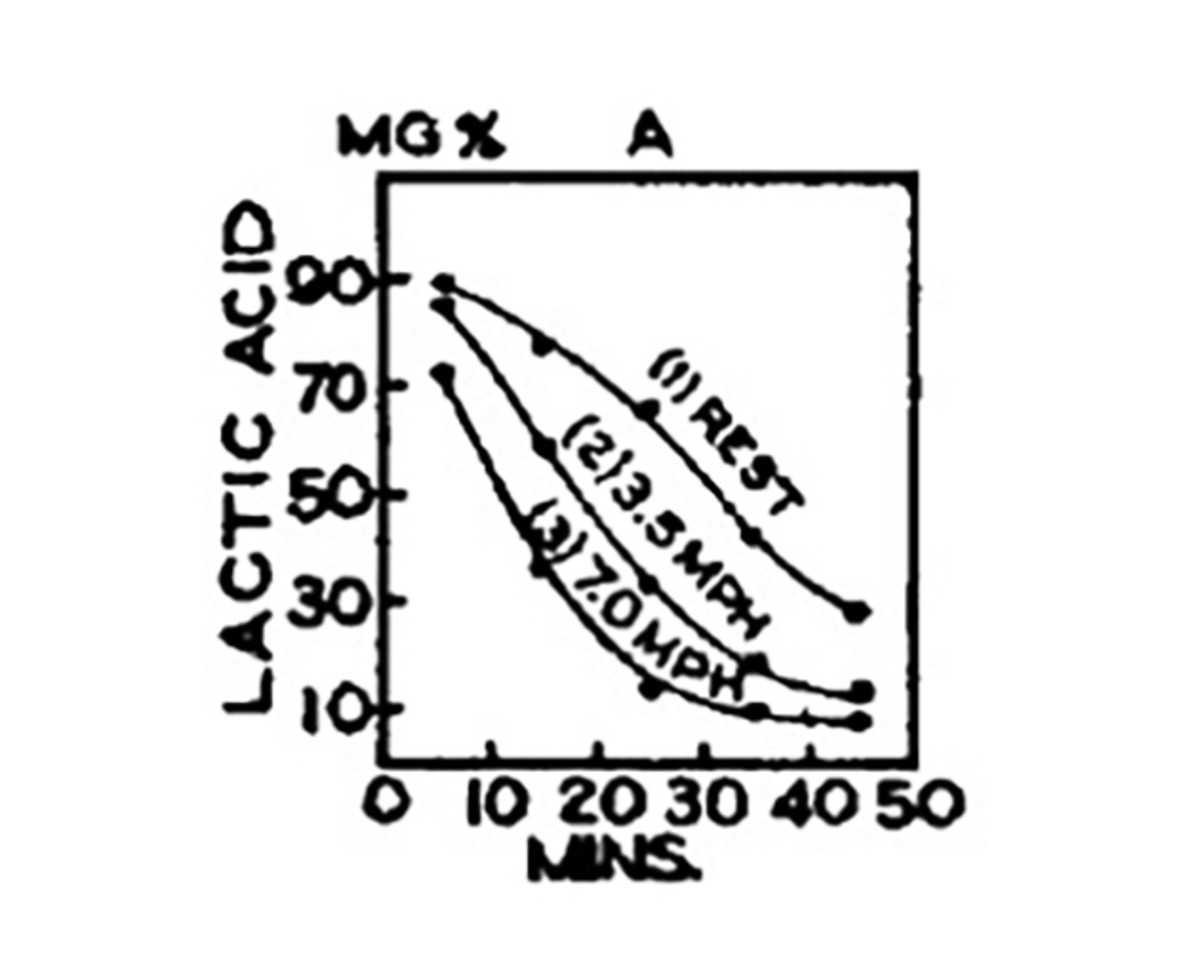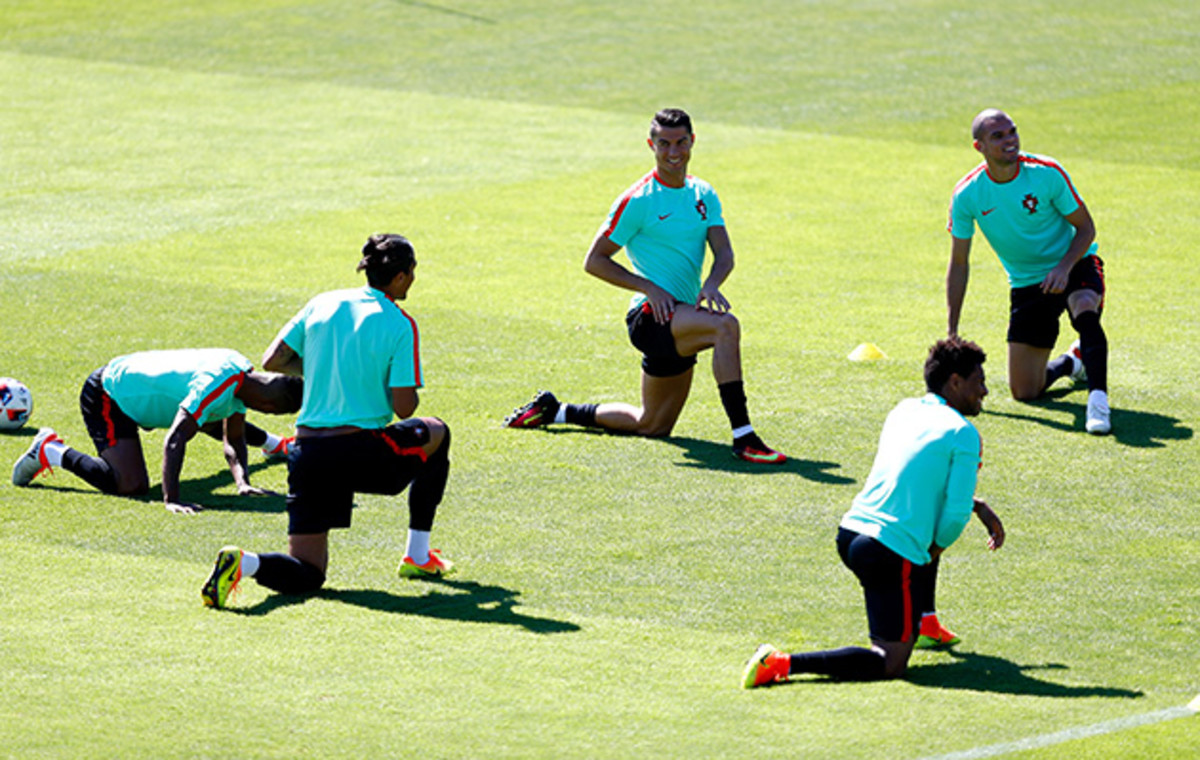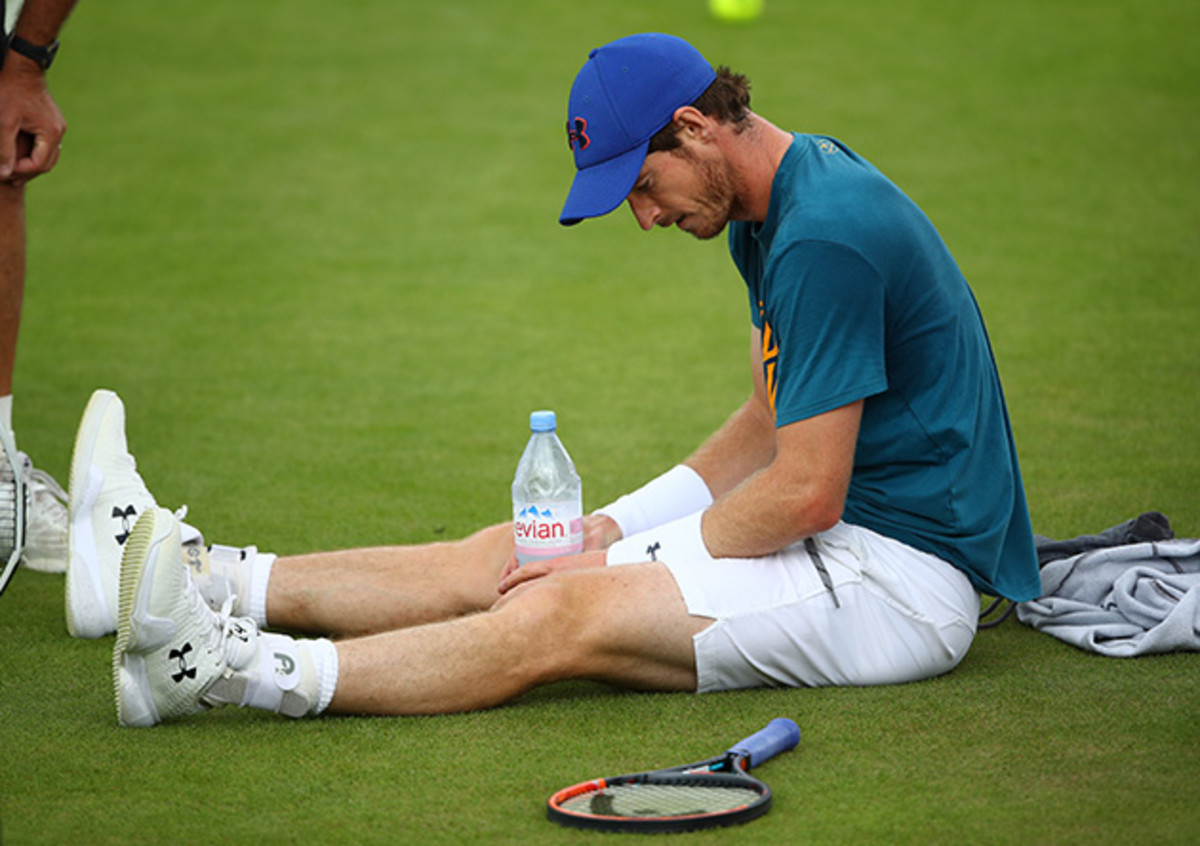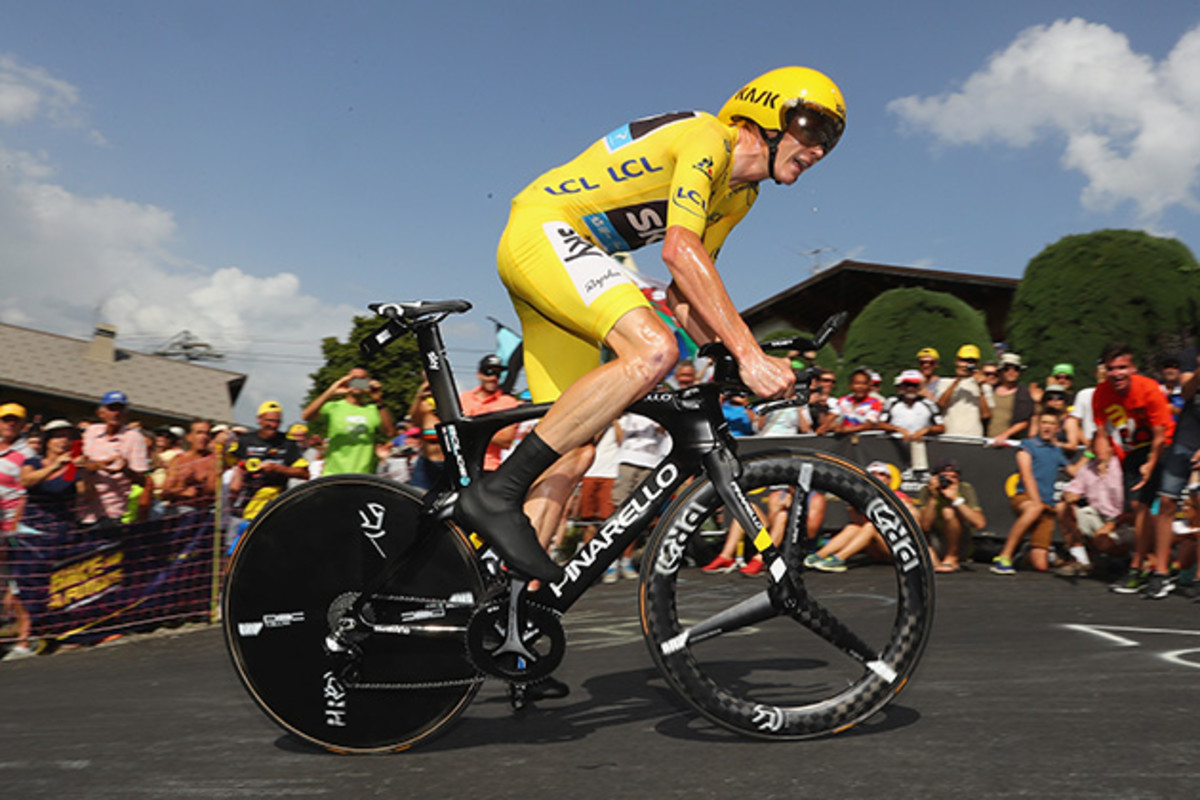Debunking the myths about lactic acid, fatigue and recovery

Lactic acid. Also know as the “burn” you feel on that last rep or final sprint, most athletes see it as a workout’s worst enemy, the cause of muscle soreness and fatigue. But what if everything you learned was wrong? Even at the highest levels of sport, misunderstandings about this natural compound occur. In the early stages of the Tour de France—after the race but before he donned the Yellow Jersey—Chris Froome was seen backstage pedaling on a trainer and cooling down. Former cyclists and stellar commentator Bob Roll explained that Froome was “getting the lactic acid” out of his legs so he would be less fatigued for the next day’s ride. Encapsulated in these comments are a whole bunch of misconceptions about lactic acid, fatigue and even recovery. It’s time we learn the truth and get to know the real lactic acid.
Lactic acid is gone in minutes
Lactic acid is made of two parts: the acid and the lactate molecule. Below is a slide from a classic study done in the late 1930s from the Harvard Fatigue Lab showing how fast lactic acid disappears from your blood (and muscles) after exercise. The units used in the 1930s are different from today’s measurements—10 mg% is equal to a modern value of about 1 millimoles/L. But the slide shows that after heavy exercise the lactic acid levels are back down to baseline within about an hour. It is true that it goes down faster with either walking or jogging, but it also goes down pretty fast if you do nothing. The other thing to remember that in events lasting hours, such as most stages of the Tour de France, it is unlikely that the muscle are producing a whole lot of lactic acid after four or five hours of cycling.

Lactic acid is not evil and your muscles are not anaerobic

Over the last 30 or 40 years one of the world’s leading exercise scientists has been Dr. George Brooks at Cal. Dr. Brooks has led the way in showing a number of things, including that under most circumstances lactic acid is not caused by lack of oxygen, or “anaerobic” conditions, in exercising muscles. He and other colleagues have also shown that the lactate part of lactic acid can actually be a fuel for muscles and the heart and that the acid part of lactic acid is not the cause of fatigue. It might be a contributor, but fatigue is multi-dimensional and caused by a number of factors. Believe it or not, lactic acid is probably not causing the “burn” associated with intense exercise either. Here is a great summary by Dr. Bruce Gladden:
“For much of the 20th century, lactate was largely considered a dead-end waste product of glycolysis due to hypoxia, the primary cause of the O2 debt following exercise, a major cause of muscle fatigue, and a key factor in acidosis-induced tissue damage. Since the 1970s, a 'lactate revolution' has occurred…… It now appears that increased lactate production and concentration as a result of anoxia or dysoxia (hypoxia) are often the exception rather than the rule. Lactic acidosis is being re-evaluated as a factor in muscle fatigue….Lactate can no longer be considered the usual suspect for metabolic 'crimes', but is instead a central player in cellular, regional and whole body metabolism……”
• Cricks and cracks: Why back injuries are on the rise in MLB
Lactic acid does not make you sore

Back in the 1980s, a study was done to intentionally make people sore for 72 hours after exercise by having them run downhill, and that was how the authors answered the question, “Is Lactic acid related to delayed-onset muscle soreness?”
“Blood lactic acid concentration was measured before and during 45 minutes of treadmill running, one time on the level and once at a minus 10%(downhill) incline. Blood lactic acid concentration and subjective sensations of muscular soreness were assessed at intervals for 72 hours after the runs. Lactic acid concentration was significantly increased during running on the level, but subjects experienced no significant post exercise muscular soreness. Lactic acid was never elevated in downhill runners, but subjects experienced significant delayed-onset soreness. Results indicated that lactic acid is not related to exercise-induced delayed-onset muscle soreness.”
• Spartan world champ Robert Killian's obstacle course racing training plan
So why was Froome cooling down?

People routinely cool down or use other recovery techniques right after a race or hard workout, or in the days following one. As mentioned earlier, the causes of fatigue are multi-dimensional and perhaps cooling down does something that is just hard to measure scientifically in the lab. It is also possible that this is just sort of the custom and people do what works for them or what their coaches and trainers suggest. The biggest challenges in a long and brutal series of days like the Tour de France are avoiding dehydration and getting enough to eat and drink so the rider has plenty of carbs available. When you look for objective evidence that things like massage, compression and cold water work, you can’t always find a consistent story. Cold water or so-called contrast treatments seem to do help with perceptions of fatigue but not soreness. So it is a mixed bag with no magic bullet. Light exercise and NSAIDs like ibuprofen or naproxen can work, but the effects are temporary. In most cases recovery techniques might be summarized as if “it feels good then do it.”
• Training to failure: Myth or method to muscle mass and strength gains?
Stop the myth spreading
I started this piece with data that is now 80 years old that debunks one of the central myths about lactic acid and recovery after exercise. However, we hear the same old story about the evils of lactic acid, recovery and fatigue from commentators all the time. We are likely in for a big dose of “lactic acid is evil” during the Olympics and what Bob Roll said in passing during the Tour de France will be repeated hundreds of times in hundreds of languages. So when you hear it, please tweet to your favorite announcer and let them know there are some new old ideas about lactic acid out there.
Michael Joyner, is an expert in human performance at the Mayo Clinic, these views are his own. You can follow him on twitter @DrMJoyner.
